This fowler caught my interest, the price was right and it looked to be an interesting restoration project, so it followed me home.

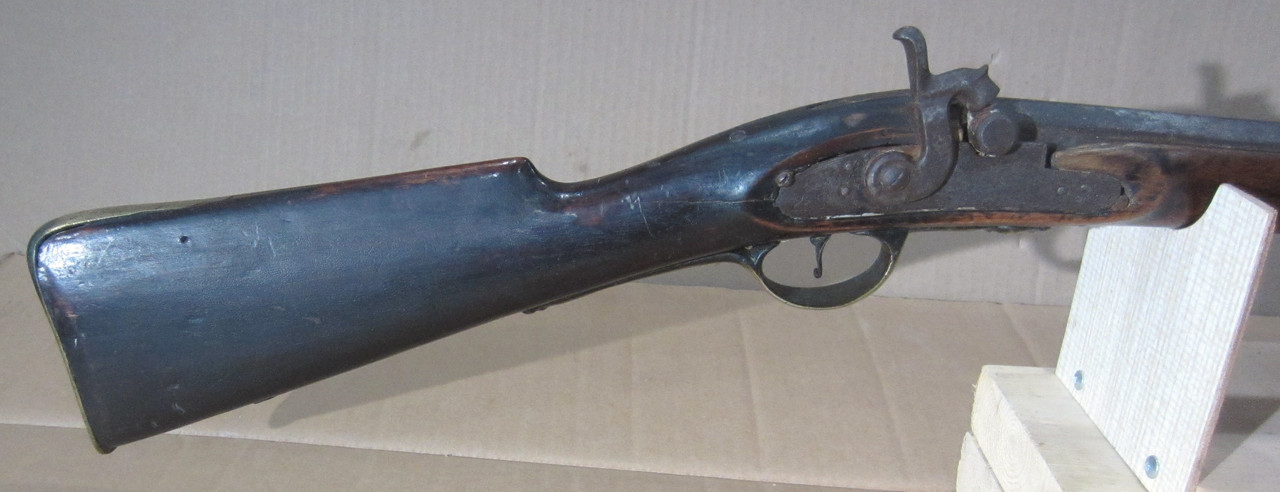



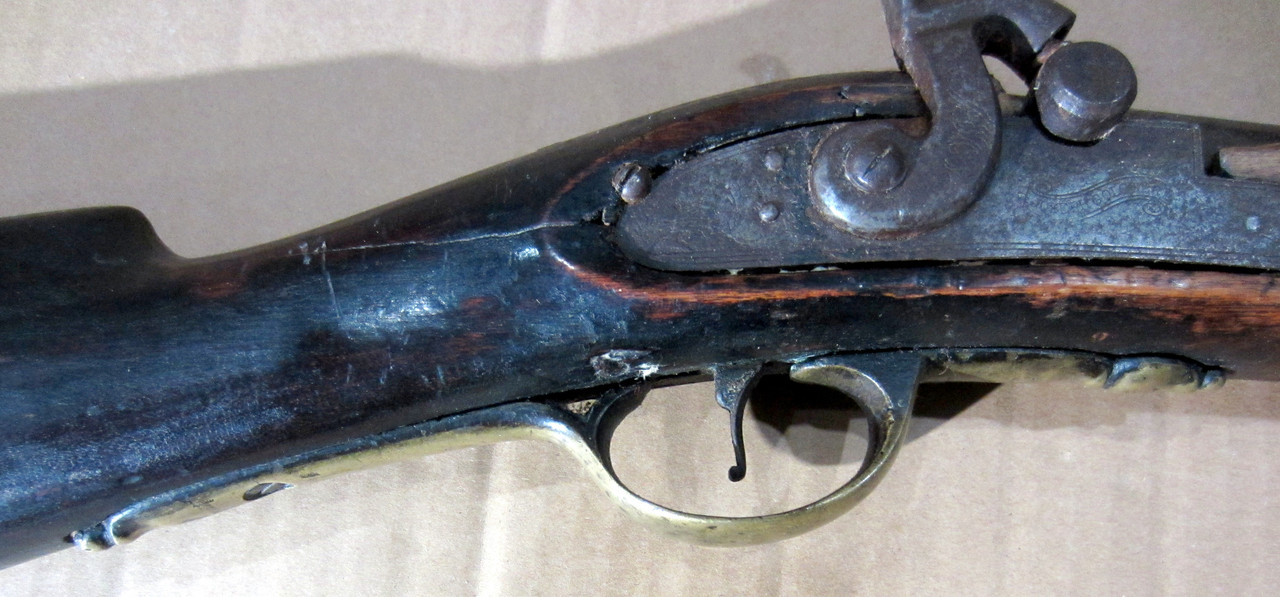




I am most anxious to see what our more learned members might have to say about it.
I had initially thought the stock might be English walnut and that it might be an English export-grade fowling piece that was originally a full-stock flint. The Joseph Golcher percussion lock is an obvious replacement and the original lock had two lock nails


Upon closer examination- and especially after removing the barrel - I am pretty certain it is cherry.
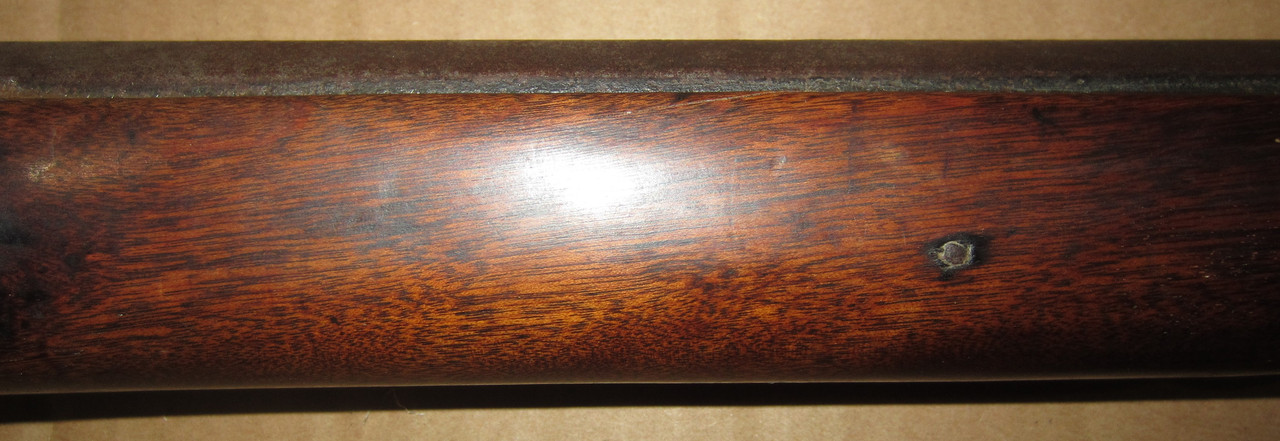

At least some of the fittings appear to be re-used salvaged parts. Note the military(?) engraving on the buttplate extension.
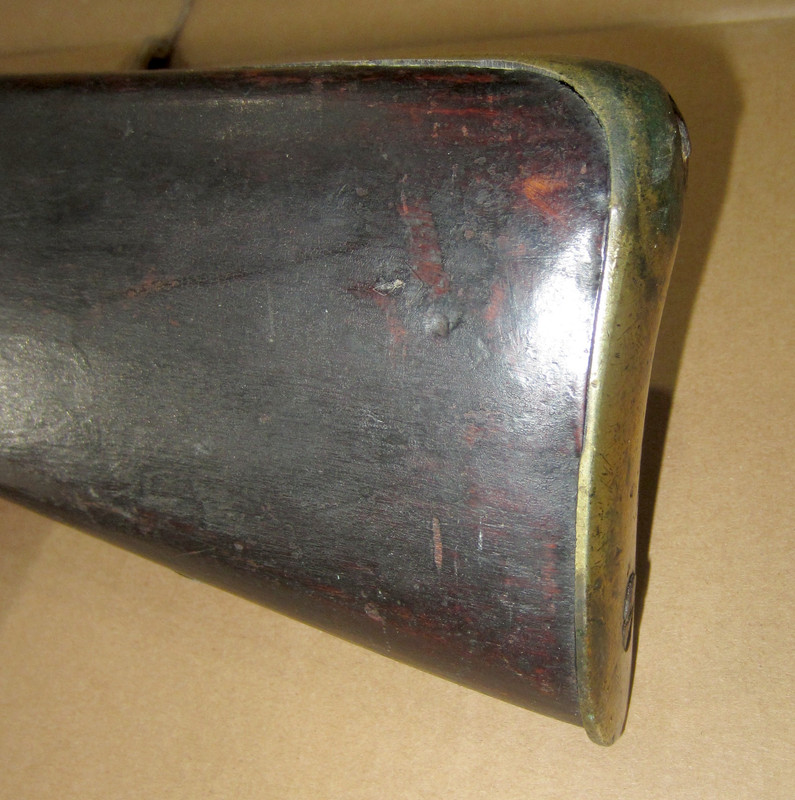

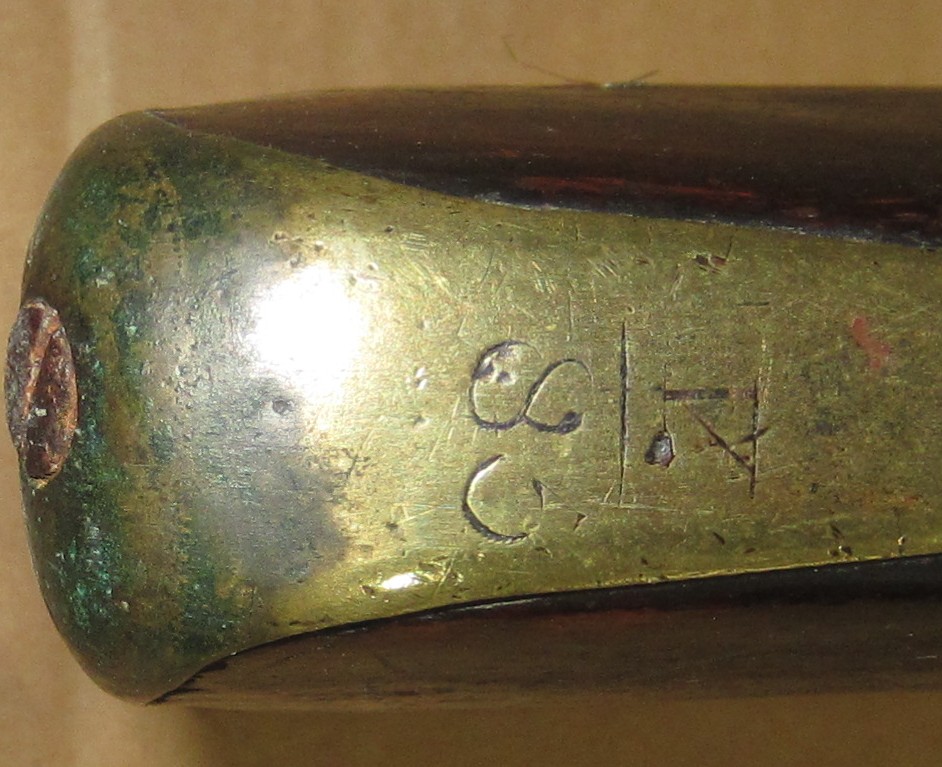
The lack of a relief cut in the lock mortise for the shelf on a flint hammer might suggest this was never a flinter. I look forward to hearing what more knowledgeable members have to say.
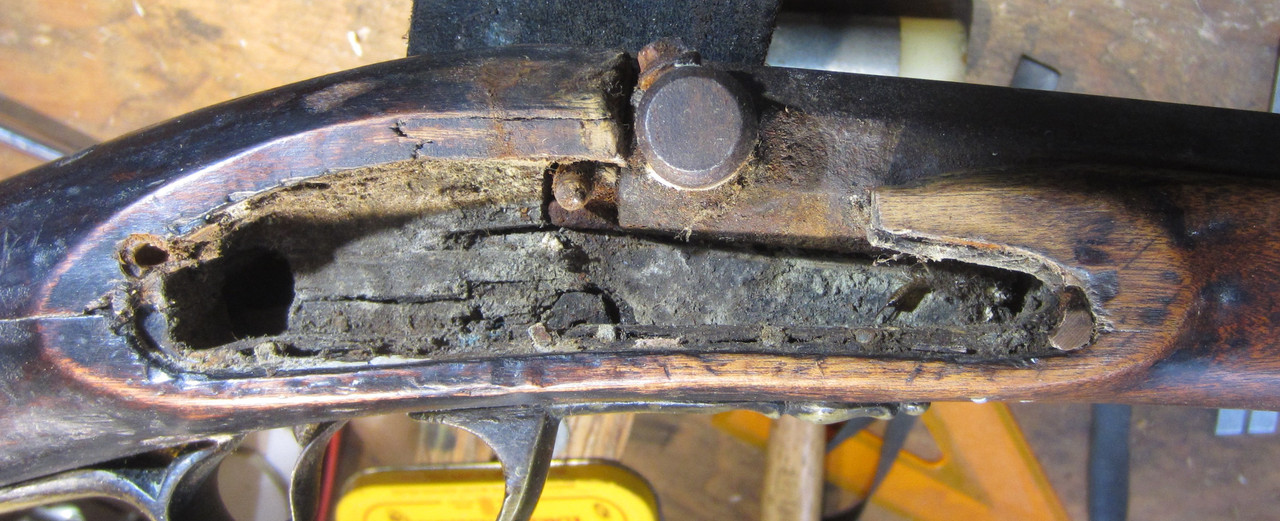
The 41 3/4" barrel has a 0.665" bore. The tapered octagon portion measures 1.033" at the breech and gently transitions to round. A narrow flat sighting plane runs from the breech to the muzzle. There are two lugs in close proximity to each other close to the breech and remnants of earlier dovetails before and between the two lugs as well as 25"-25.5" ahead of the breech. There is also a groove 2" ahead of the breech - perhaps for a lock nail. I suspect the barrel may have been shortened at the breech.

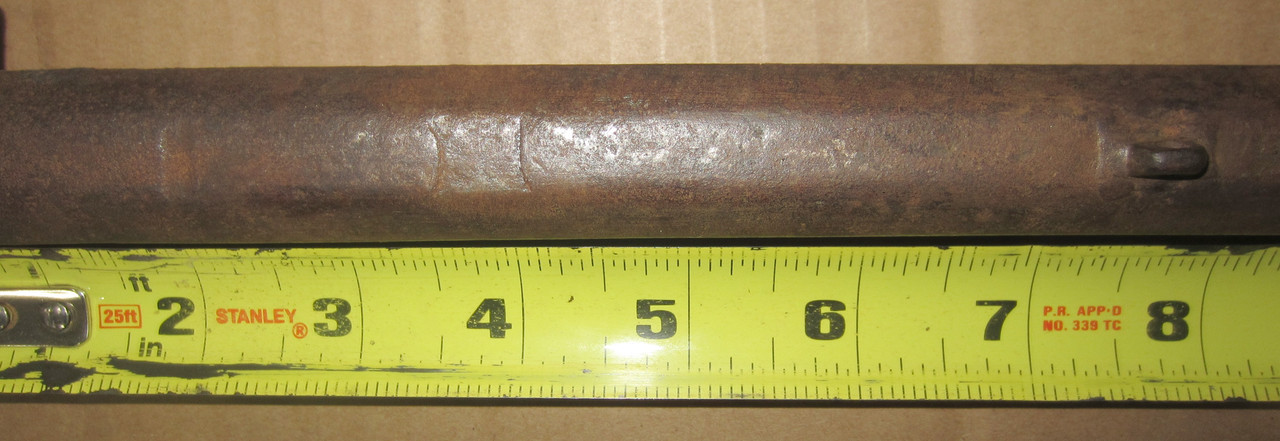
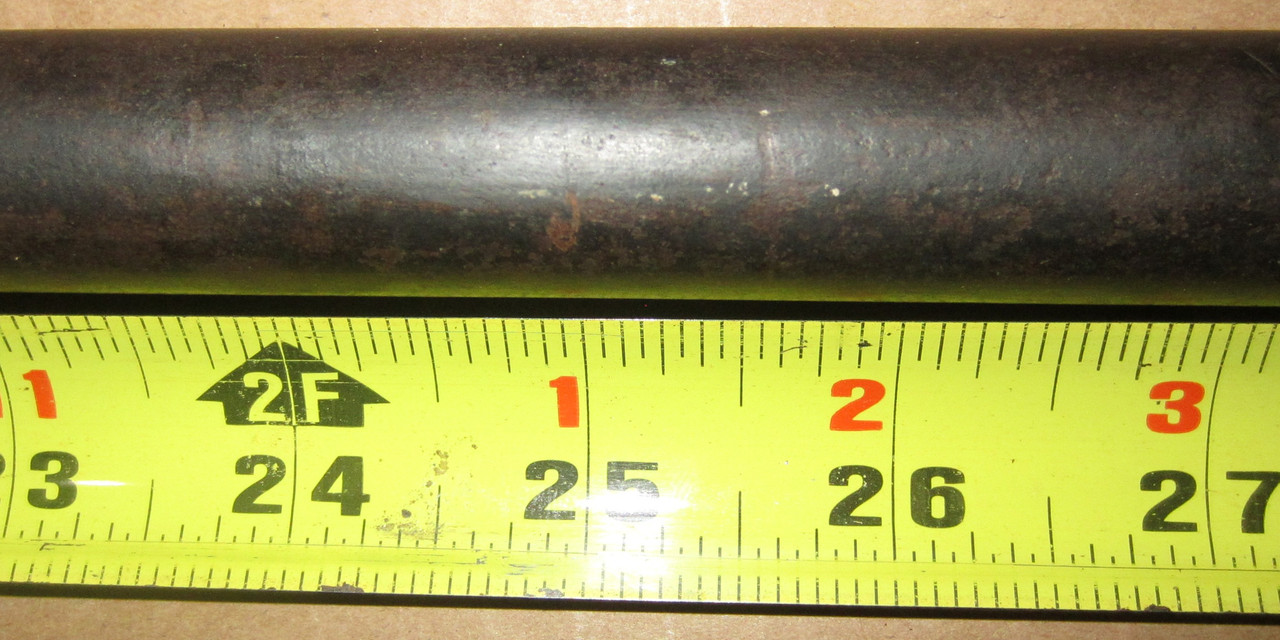
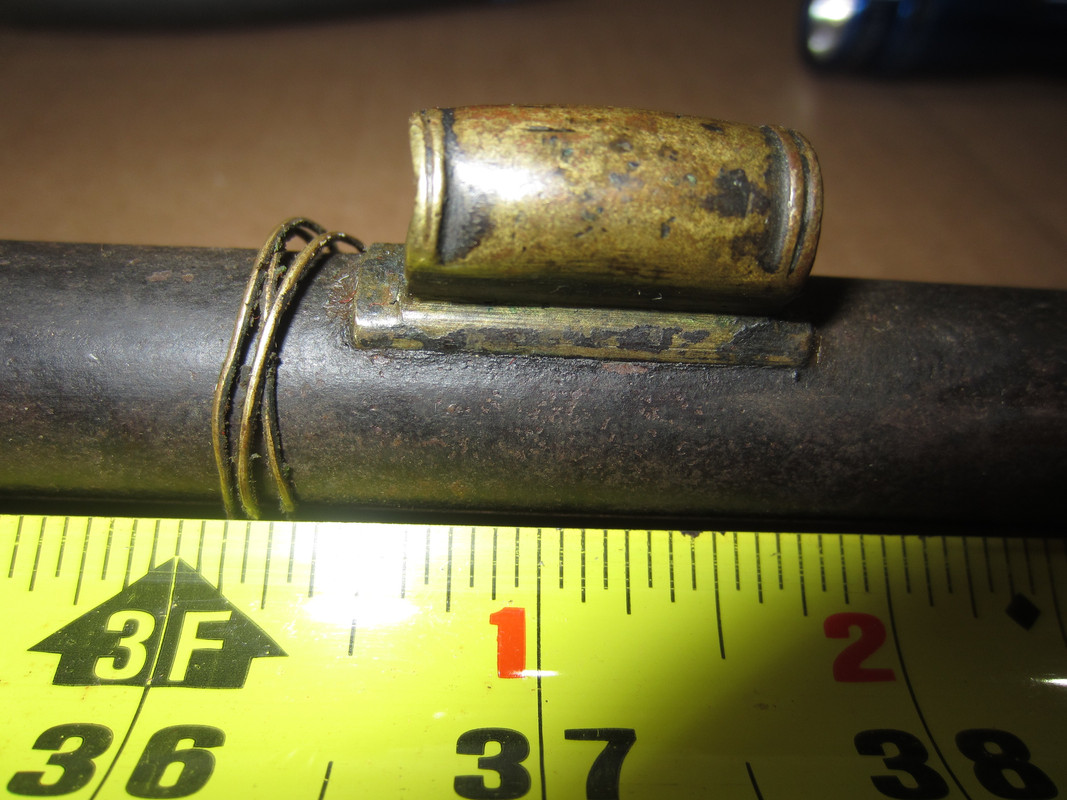
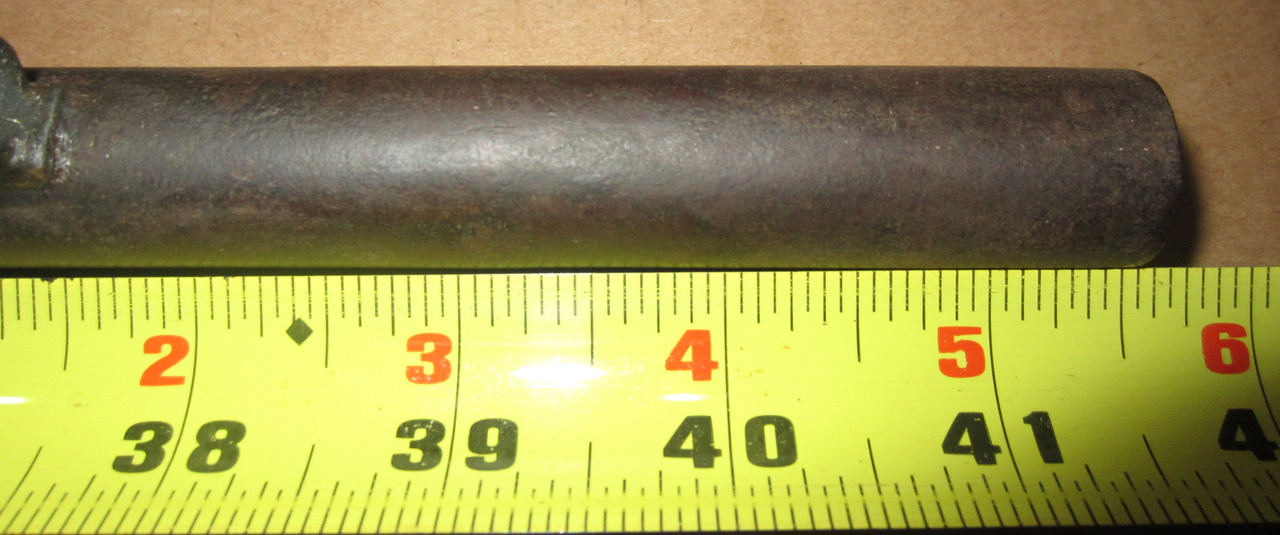
The tang is held in place by a wood screw and the barrel pins are forged iron. The tang screw is shown between two modern wood screws for comparison.
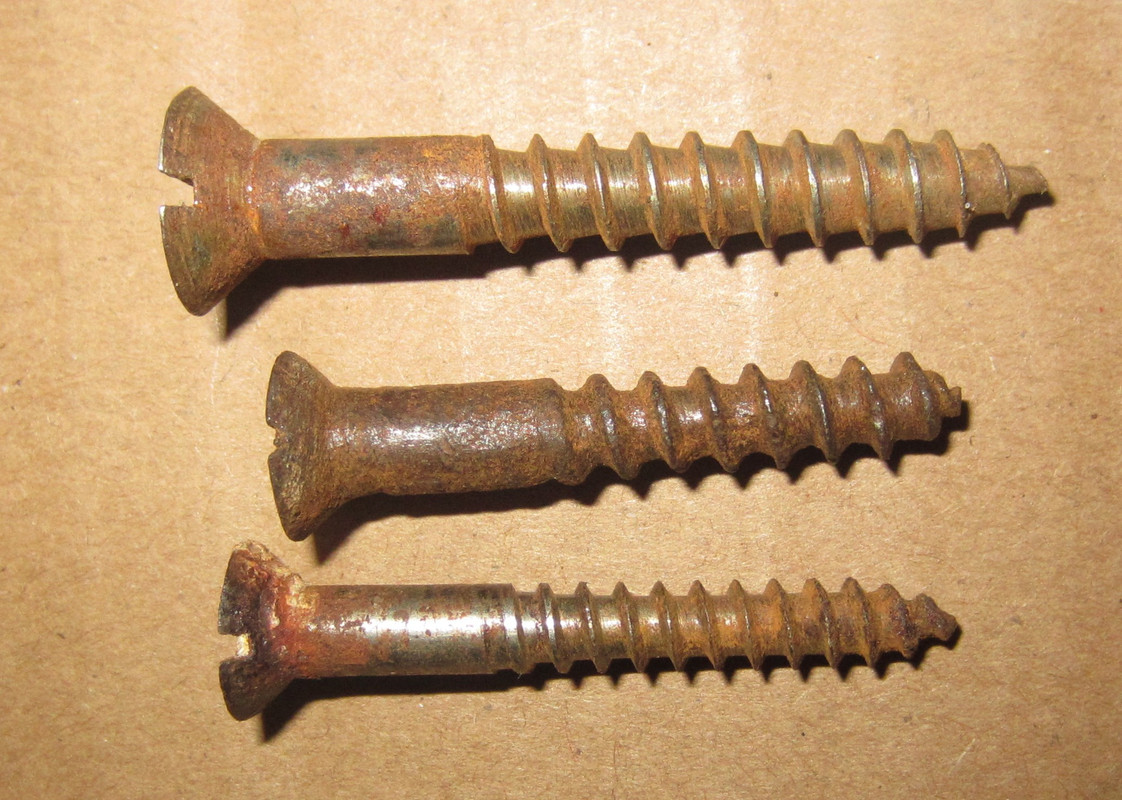
One of the original lock nails - complete with a leather washer was used to secure the percussion lock.
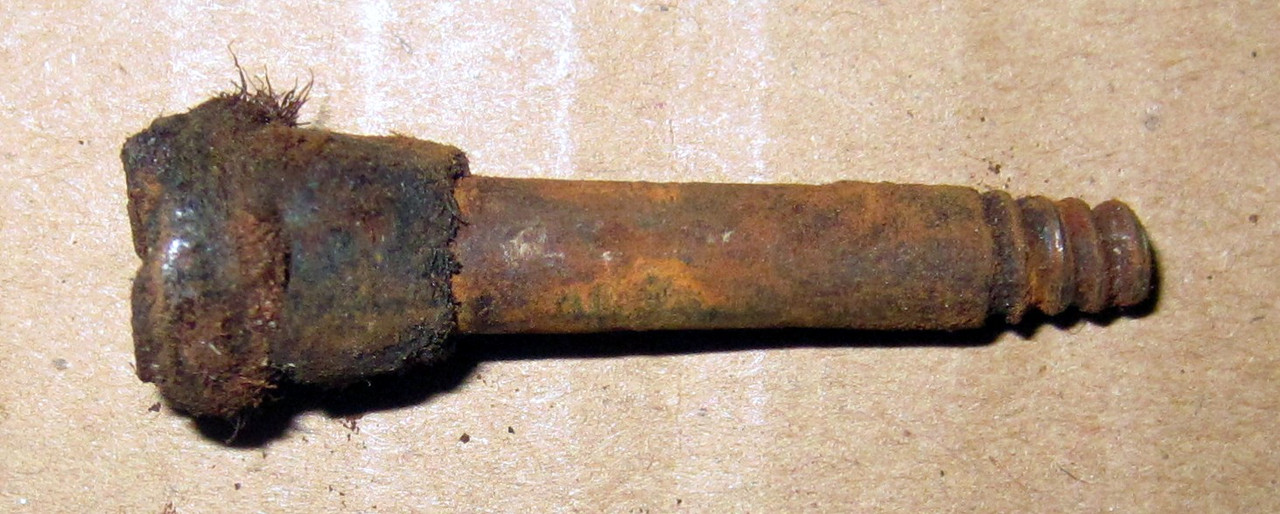
The left side panel differs from the lock panel in the top front, and is something I had not previously seen.

During an internet search, I found one other fowler, reported to be a New England fowler, having a similarly shaped side panel.
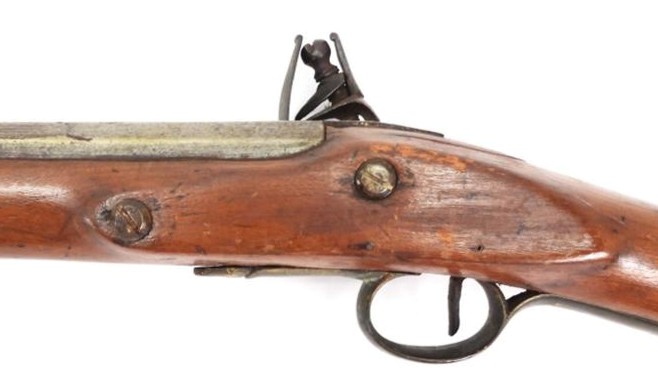
Photo credit to Bruneau and Co. Auctioneers
https: //bidlive.bruneauandco.com/lots/view/1-8L9AF6/new-england-style-fowling-piece
(remove the spaces after "https:" to view)
The lock nail washers (if any) also appear to be similar to what this fowler might have had.
Although the stock ahead of the wrist has a dainty appearance, the wrist and butt have, in my opinion, a decidedly beefy appearance.
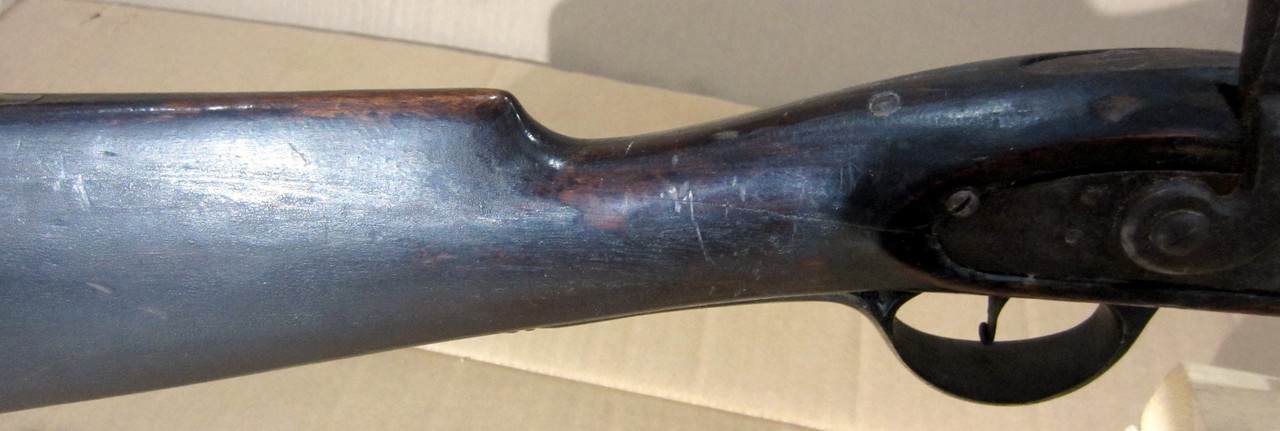

In addition, the butt has an odd transition down in width to the buttplate that starts approximately 3/4" ahead of the buttplate. The buttplate is 1.625" wide at the mid point. The butt is 1.740" wide 1/2"-3/4" ahead of the buttplate.
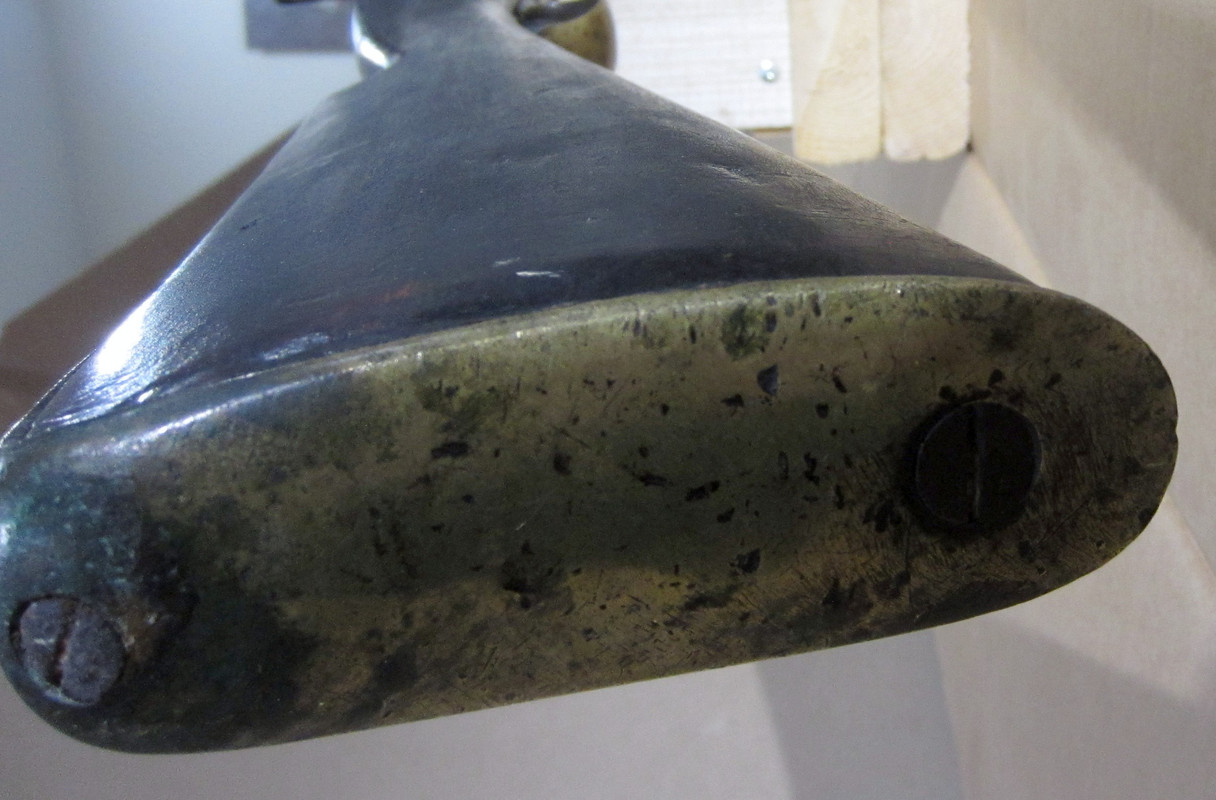
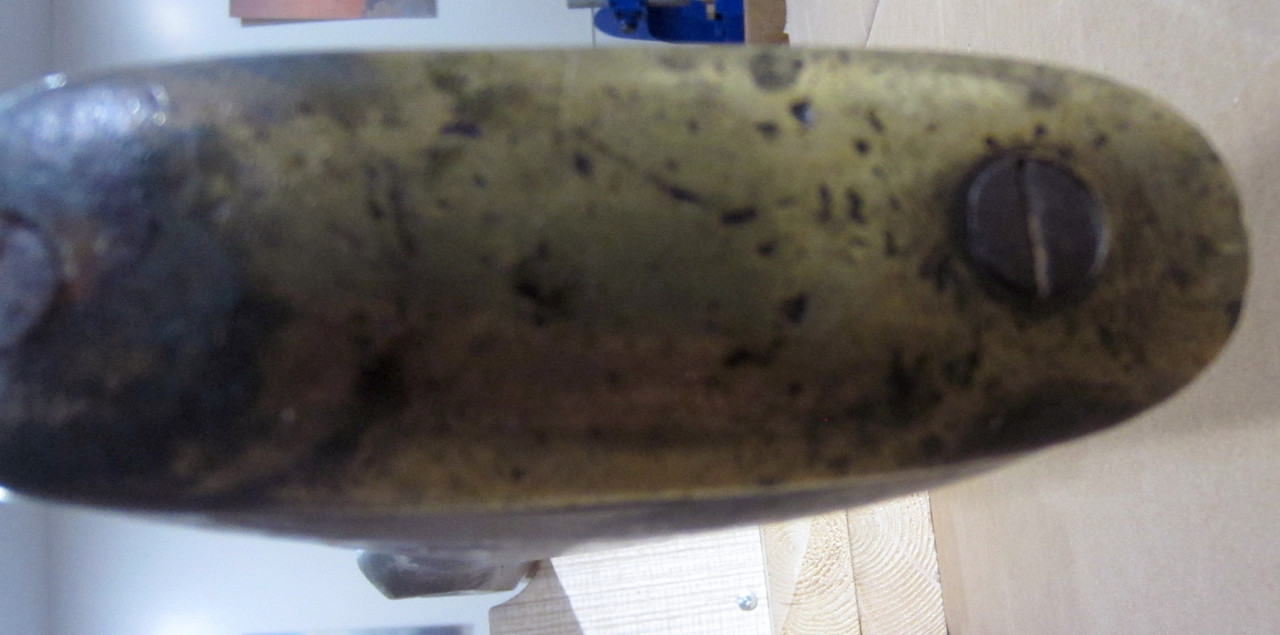
The upper pipe is just under 3/8" in diameter. The mid pipe is 5/16" and the entry pipe and RR groove are just under 5/16" (19/64").
I now believe this is likely a New England-built fowler assembled from salvaged parts and look forward to seeing what our much more knowledgeable colleagues have to say.
I would be pleased to add photos and details upon request.
Thank you for taking the time to read through this lengthy post.

